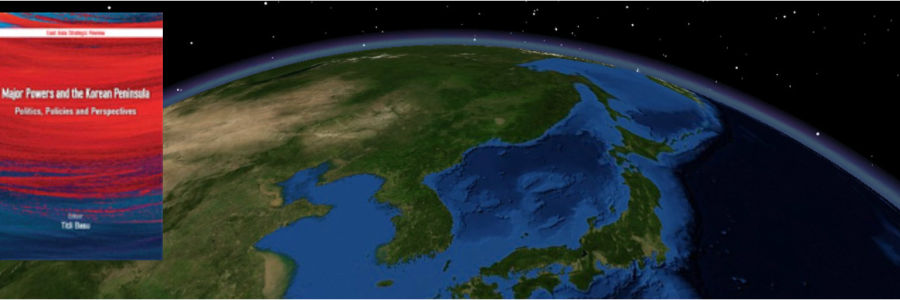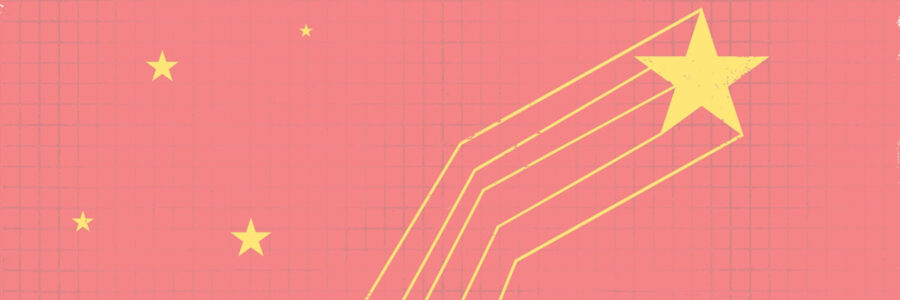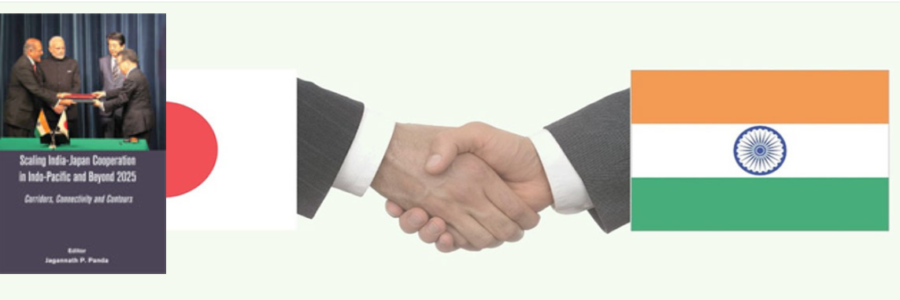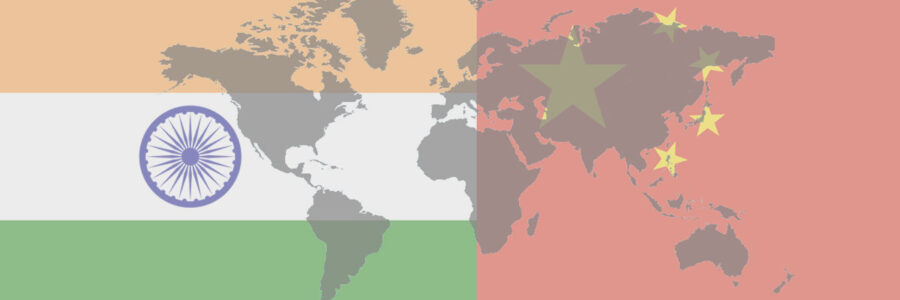Reincarnation Under Stress: The Dalai Lama’s Succession and India–China Relations
The article seeks to assess the evolution of the Tibet question against the backdrop of the problems associated with the succession of the Dalai Lama. It also discusses the implications of all this for India and provides policy recommendations the Indian authorities could use to deal with this situation.
- Adrien Frossard
- July 2013




















